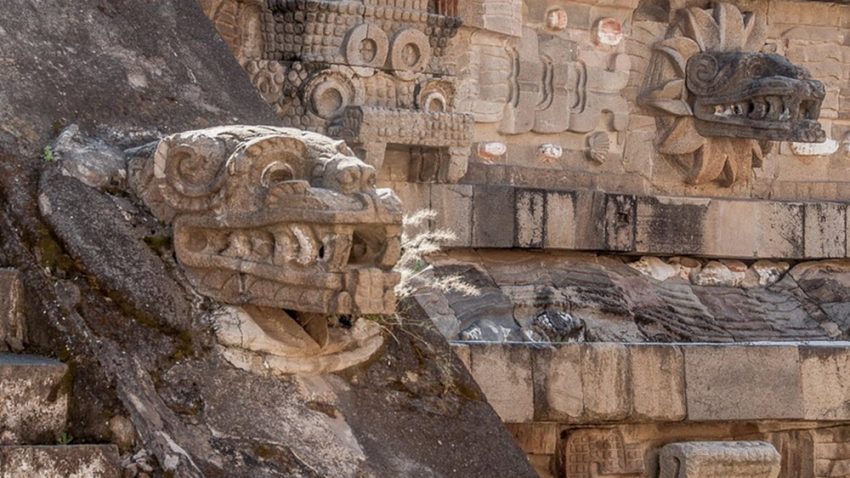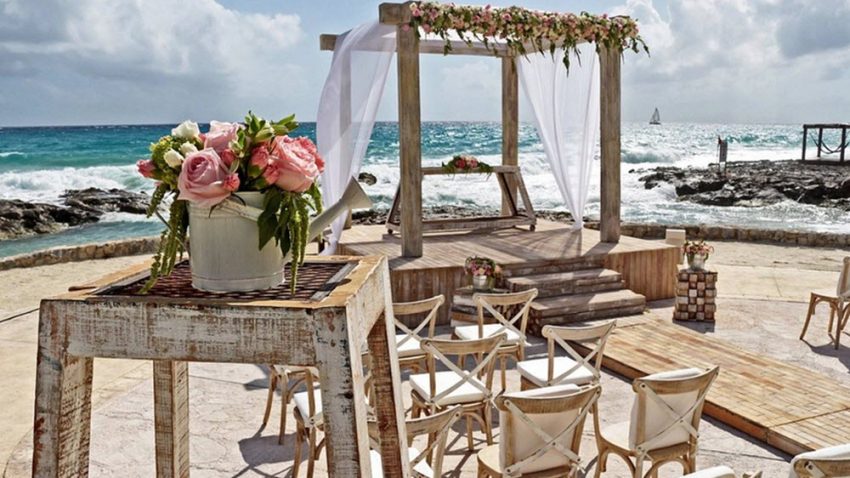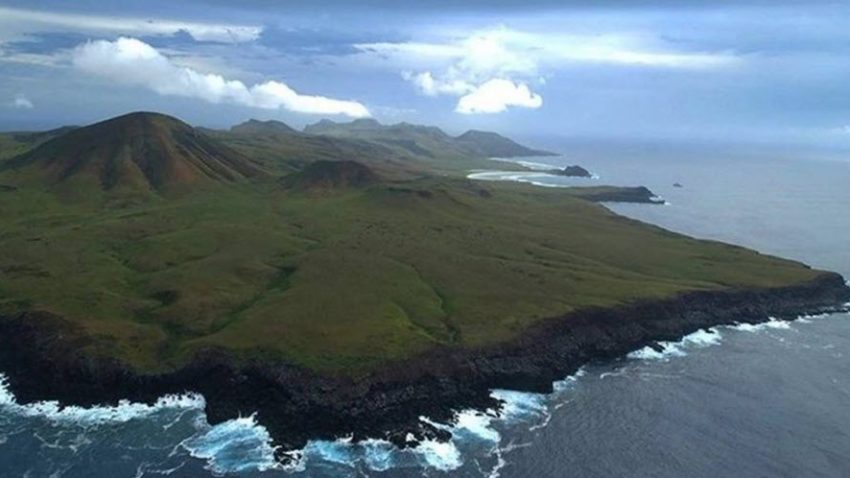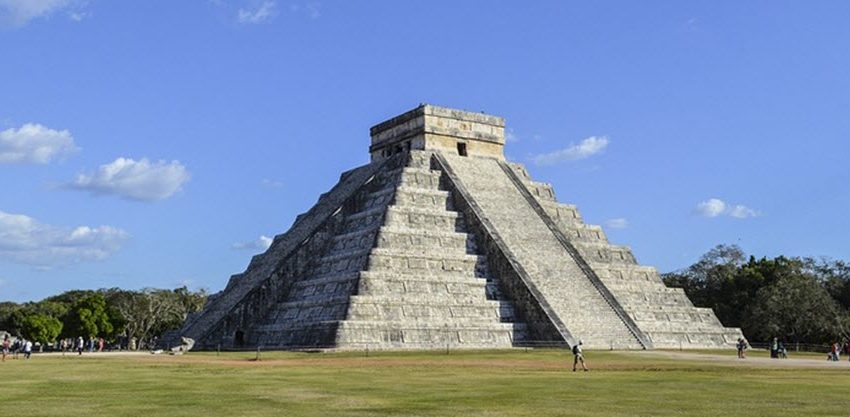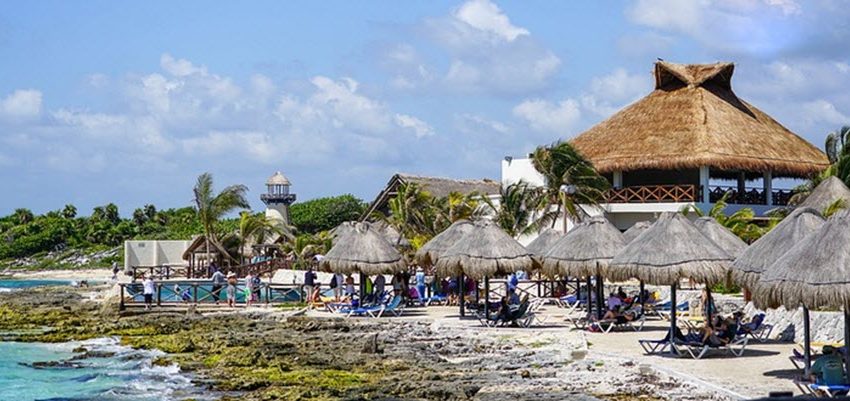Revillagigedo Archipelago
Contents
The Revillagigedo Archipelago (Spanish: Islas Revillagigedo) is comprised of four volcanic islands in the Pacific Ocean, off the southern tip of the peninsula Baja California. The archipelago is famous for its flora and fauna, and you can find many endemic species here. Because of this, it has been nicknamed “Mexico´s Hawaii”.
Coordinates: 18°49′N 112°46′W
The archipelago is geographically a part of the state Colima, but are governed under Mexican federal jurisdiction.
On 24 November 2017, President Enrique Peña Nieto turned all of the islands and 150,000 square kilometres around them into a marine protected area – the largest marine protected area in all of North America. Within the protected area, there is a ban against activities such as fishing, mining and tourism development.
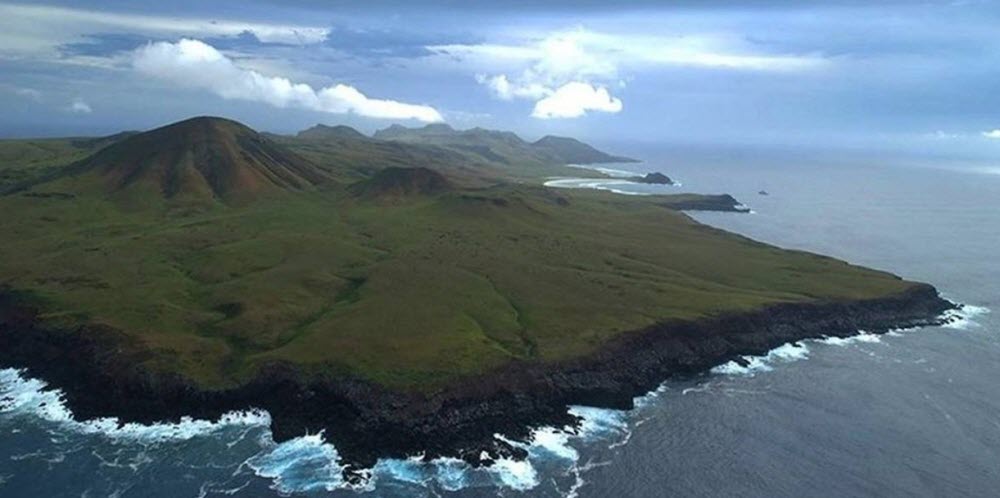
Geography
The total area runs about 420 km from east to west, encompassing a total of 157.81 square kilometres.
The three easternmost islands are named San Benedicto, Socorro (San Tomás) and Roca Partida. They are the Inner Islands, and they fall in the time zone UTC-7.
The westernmost island is named Clarión (Santa Rosa) and falls in the time zone UTC -8. It is known as the Outer Island.
How large are the islands?
Socorro: 132.06 square kilometers
Clarión: 19.80 sqaure kilometers
San Benedicto: 5.94 sqaure kilometers
Roca Partida: 0.014 sqaure kilometers
Highest point
The highest point in the archipelago is the peak of Cerro Evermann, at an altitude of 1 130 meters.
The name
The archipelago is named after Don Juan Vicente de Güemes, 2nd Count of Revillagigedo, who was the 53rd viceroy of New Spain.
Inhabitants
Yes, the naval station on Socorro Island has a staff of 45 people. There is also a small naval garrison comprised of 9 staff members on Clarión.
Biosphere Reserve
The archipelago has been a Biosphere Reserve since June 1994.
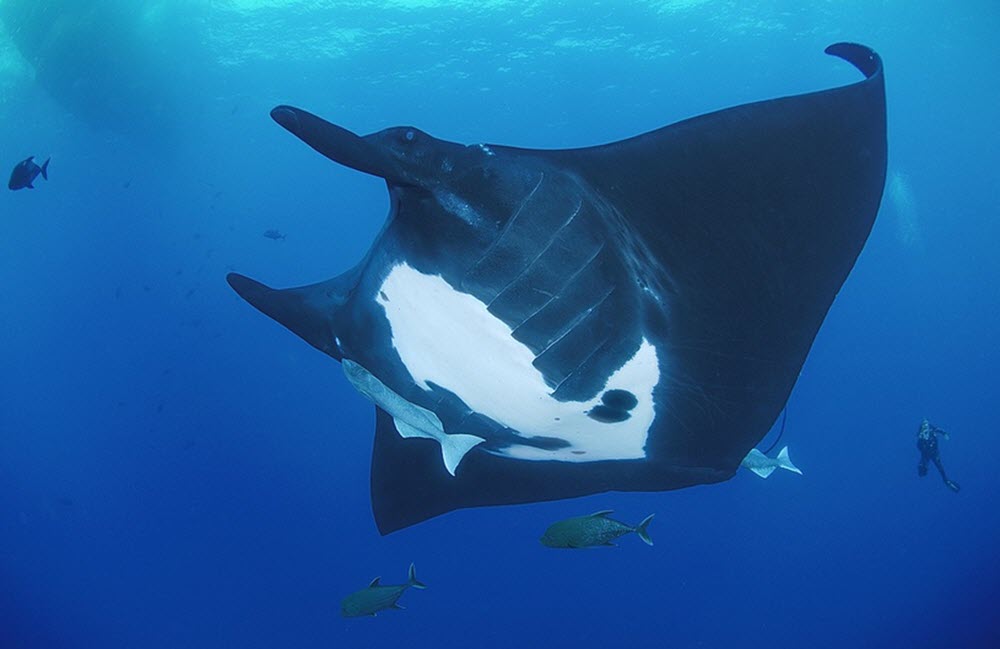
Ramsar Wetland
Reserva de la Biosfera Archipiélago de Revillagigedo became a designated Ramsar Wetland in February 2004.
UNESCO World Heritage Site
The Revillagigedo Archipelago was accepted as a UNESCO World Heritage Site in July 2016.
National Park and Marine Reserve
The Revillagigedo Archipelago, which was already a Biosphere Reserve, became a National Park and Marine Reserve in November 2017.
Nature
The Revillagigedo Archipelago is home to many endemic plant and animal species.
Socorro is not just the largest island, but also the one that is most diverse in topography. Unsurprisingly, it also exhibits the largest biodiversity of the four islands.
Clarión is the island furthest away from the Mexican mainland, and it has a much lower degree of biodiversity.
The eruption of the Bárcena volcano on 1 August, 1952, caused great damage to the ecosystem on San Benedicto, but a lot of recoveries has happened since then. Regrettably, the San Benedicto rock wren was extinct by the eruption.
Due to prevailing winds and currents, the plant life on San Benedicto is more similar to that of Clarión than that of Socorro, even though Socorro is closer.
Terrestrial vertebrates
The archipelago only have four species of native terrestrial vertebrates:
- The whip snake Masticophis anthonyi
- The night snake Hypsiglena unaocularis
- The lizard Urosaurus auriculatis
- The lizard Urosaurus clarionensis
All four are endemic to the archipelago.
Birds
The archipelago have 16 resident taxa of landbirds, and one seabird.
Several endemic species of bird living on Socorro are considered endangered, such as the Socorro mockingbird (Mimodes graysoni), the Socorro parakeet (Aratinga brevipes) and Townsend’s shearwater (Puffinus auricularis). The Socorro dove (Zenaida graysoni) has already been extinct in the wild, but captive populations exist.
Apart from the resident birds, migrating birds visit the islands. One example of a popular resting spot is the beach Bahia Azufre.
Humpback whales
The archipelago is part of the Humpback whales´ wintering region in the Pacific Ocean.
